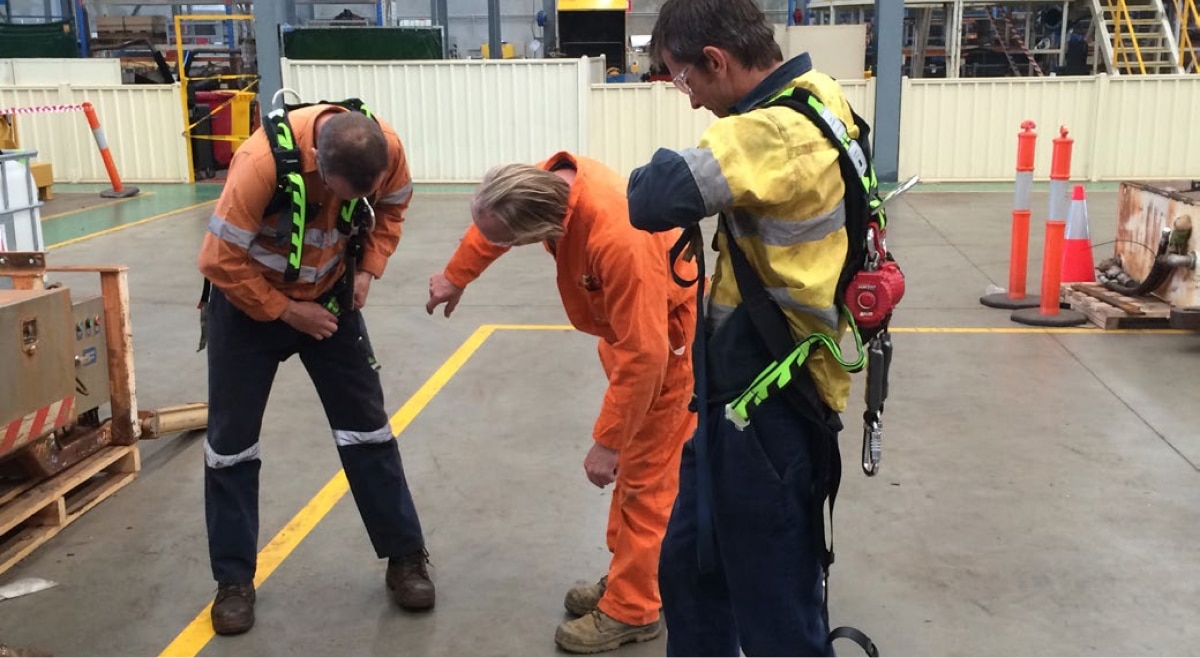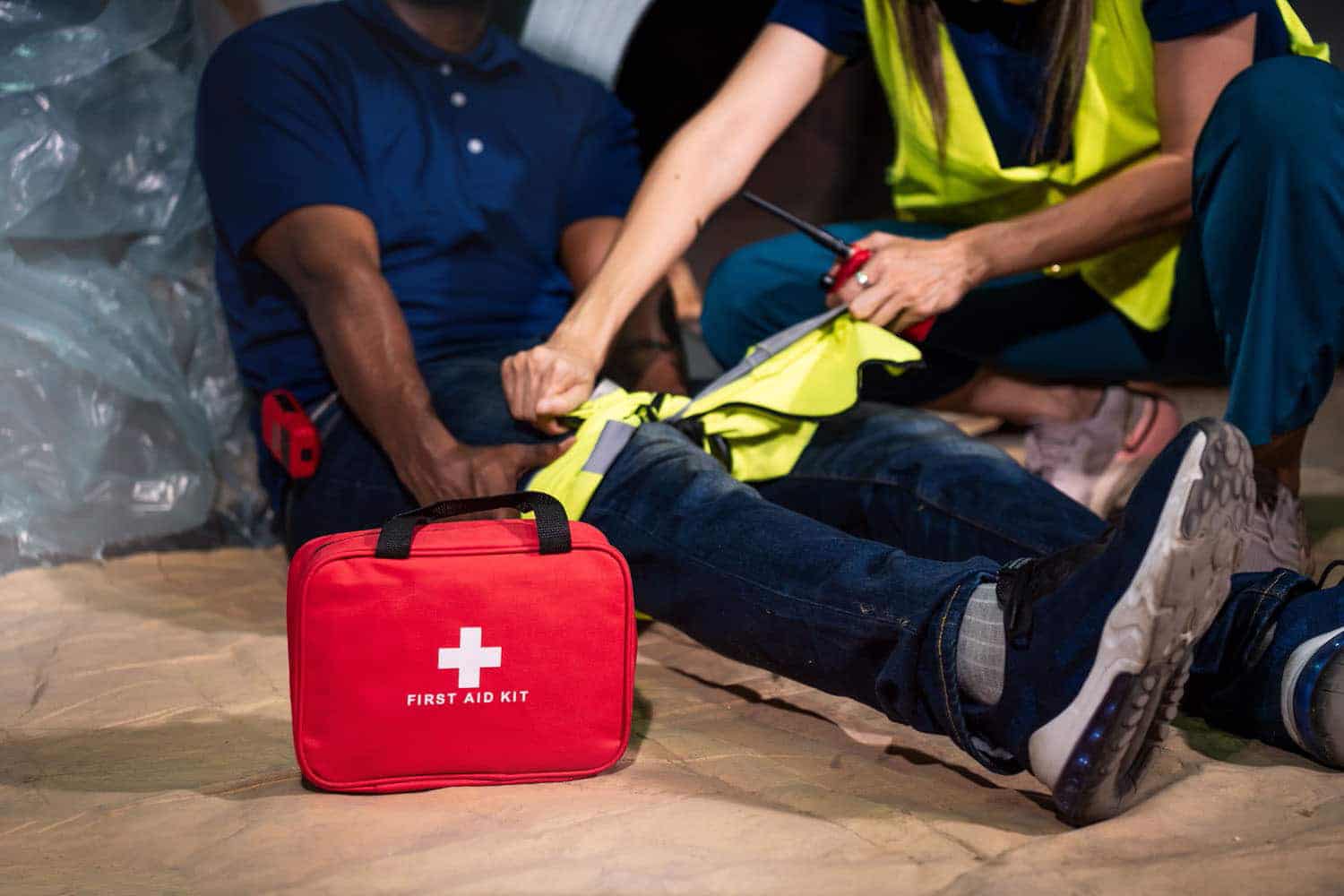
 2 December 2022
2 December 2022Full body harness equipment is primarily used in unsafe areas, where there is a potential risk of bodily harm or fatalities resulting from falling. There are many variations of this type of safety equipment, which are designed to keep workers safe when they are in such areas. Construction workers, power company linemen and oil rig workers are just a few occupations that use the full body harness equipment for safety.
Each full body harness has a variety of connection points and a specific design to enable freedom of movement while keeping the wearer safe from falling. There are five main points that are standard to nearly every type of full body harness that is manufactured. It is important to know what they are and how these are used.
Fall arrest
Firstly, the fall arrest connection point is designed to stop a fall and evenly distribute stress across the body. It does so by using a D ring that connects to the back of the harness, between the wearer’s shoulder blades. A safety line designed to absorb shock is attached through this ring. Some types of lanyards are designed to retract themselves, which can be very helpful in certain situations.
Work positioning
The next connection point for the full body harness assists the worker’s positioning. It allows for safety by limiting the distance a person can move when working in a dangerous situation. The great advantage for this arrangement is that the worker can have both hands free to use.
Travel restraint
Workers who have to assist in an area near a falling hazard often use the travel restraint connection D ring, which is located at the center of the back at belt or waist level. It does reduce the area a worker can access with a full body harness but reduces the danger of working at an extended height.
Descent/ascent
Workers who perform descending or ascending activities require one or two D rings located at the waist or chest level for fall arrest capabilities. The need for the easy and uncomplicated access to areas of work either above or below the workplace is a key part of the use of this connection point.
Evacuation
A requirement for the evacuation of workers in work situations with a fall hazard is a pair of D rings located at the shoulder or chest level. These rings often have a place for attachments, such as a spreader bar to reduce stress points across a wider area. This allows for greater control in the work area, especially when he or she is using heavy tools. Evacuation using full body harness is not designed to be used for long periods of time.
Full body harnesses are generally used in the workplace of particular industries and for outdoor recreation. The main design purpose of the various harness connection points is to ensure the safety of the wearer. They have the potential to save lives in dangerous situations. That is why they are so important, and why responsible workers, managers and safety personnel use them.
If you’re unsure about which harness best works for your environment our expert consultants can come and meet with you on site to discuss the best safety solutions. Arrange your free consultation or take you through Working Safely At Heights Training Course.
Recent posts
 4 April 2024
4 April 2024Haz-Ed Celebrates International Women’s Day: A Commitment to Excellence
 16 October 2023
16 October 2023OH&S Overview – Understanding Occupational Health and Safety
 20 August 2023
20 August 2023

